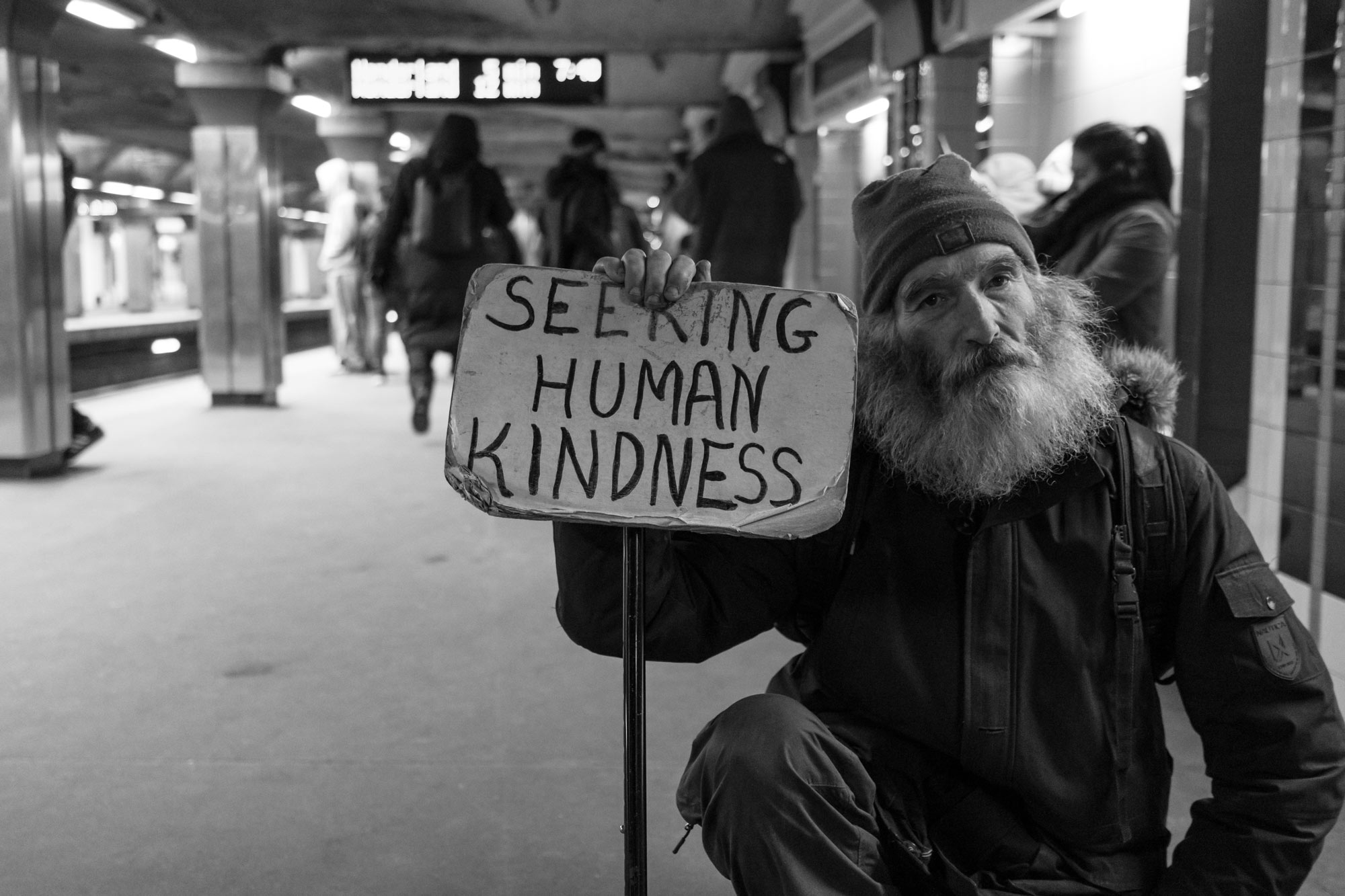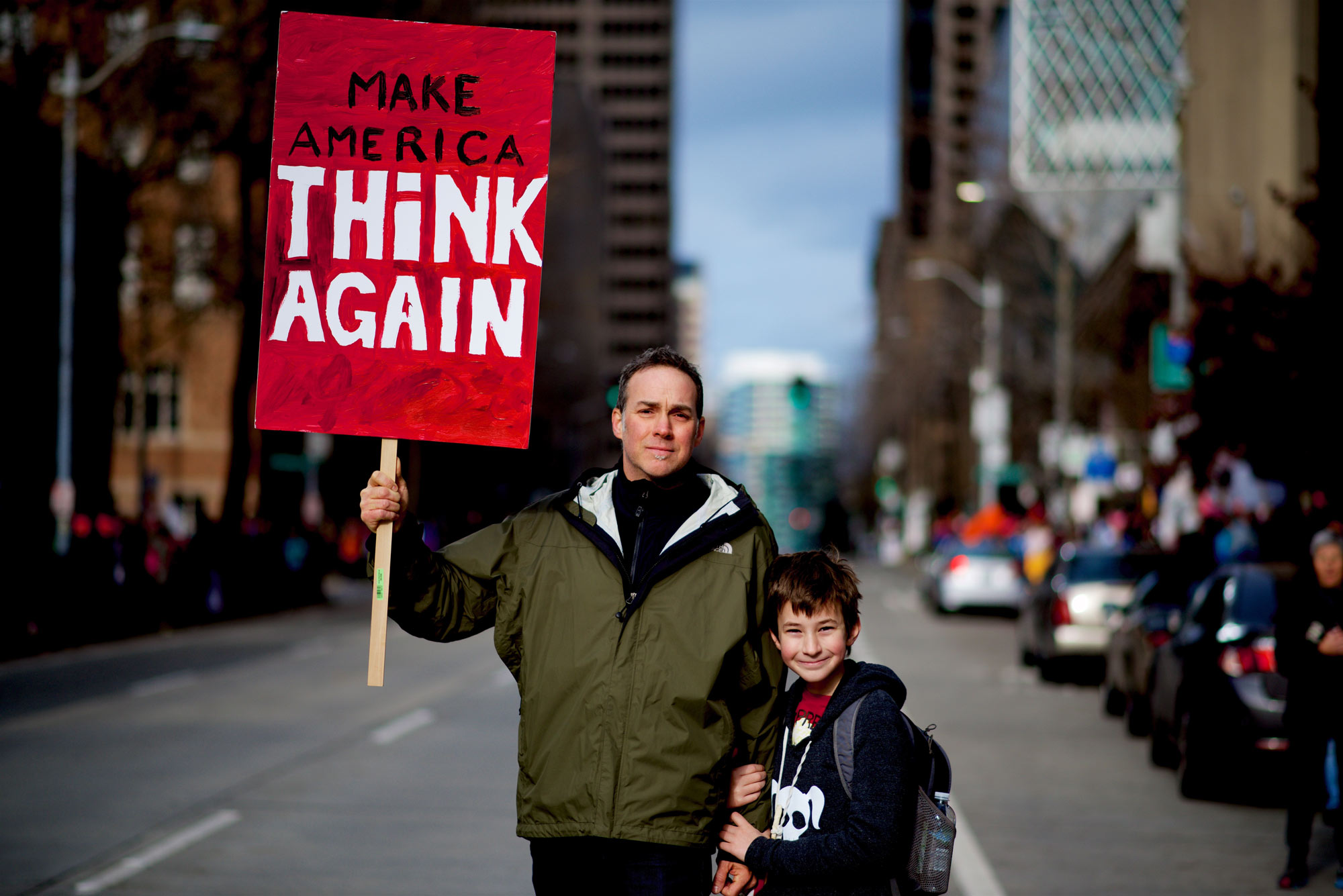In previous blogs, we’ve covered topics such as what it means to be a social purpose brand, how to create a social purpose brand, how Millenials are affecting purpose-driven marketing, and how your social purpose brand can help to drive employee engagement. And these are all very important things to know.
But if you’re still struggling to establish the direction for your brand’s social purpose, try what international brands like Johnson & Johnson, Mastercard and Southwest Airlines have done. Use the United Nations’ Sustainable Development Goals (SDGs) as both a starting point and a framework.

What are SDGs?
In 2015, the United Nations launched the Sustainable Development Goals as a set of universal goals to “end poverty, protect the planet and ensure that all people enjoy peace and prosperity.” The 17 goals focus on poverty, the environment, human rights and global economy. According to theHarvard Business Review, the SDGs “have the potential to provide, for the first time, a framework for mobilizing companies to invest in sustainable development in an ongoing and scalable way, while also pursuing their own business interests.”

How are brands turning to the SDGs to find their purpose?
Trying to address the 17 goals (or even fully reaching just one of the goals) can can seem like a daunting task. However, according to Forbes, “the simple act of making an intention to change, and then shifting your company’s behavior to reflect that stated change, can unlock massive storytelling potential for your brand as it helps create the future it wants to own.”
Since the SDGs were released, many brands have chosen goals that resonate with their stakeholders. For example, General Mills focuses on the “zero hunger” goal by giving to local food banks, Visa focuses on “no poverty” by bringing financial services to the underserved, and Southwest Airlines focuses on “responsible consumption” and “climate action.”

How can your brand make the connection?
When considering how the SDGs could inform your brand’s social purpose, start with your mission and values. Interviewing employees and key stakeholders can also be helpful as, according to The Huffington Post, “they have invaluable insights about what’s happening in the communities where they live and work, and they’re your most visible brand ambassadors.” Once you crystallize your brand’s key values, the Harvard Business Review suggests taking three steps to evaluate which of the SDGs you should focus on to shape your social purpose:
1. Segment the SDGs.
By organizing the SDGs into three main focus areas (as they have in this article), you can narrow down which goals are directly applicable to the mission and values of your brand.
2. Identify where the company fits.
Once you’ve narrowed down the list, you can directly see where your company fits in with the specific goals. Then commit to and embrace one of them.
3. Make the business case.
The final step is to prepare the ‘commercial argument’ of your social purpose strategy. Here it’s critical to demonstrate how the SDGs can drive outcomes aligned with your company’s broader business objectives.

The SDG’s as a Social Purpose framework
The SDGs provide a framework for companies to advance the global sustainability agenda in alignment with their core values and business objectives. By tapping into this framework, you could reveal a social purpose strategy that makes a difference on a global scale, while addressing what matters to your key stakeholders and communities.
Have you had success integrating the SDGs into your business? Leave a comment with your approach and why it was successful.

